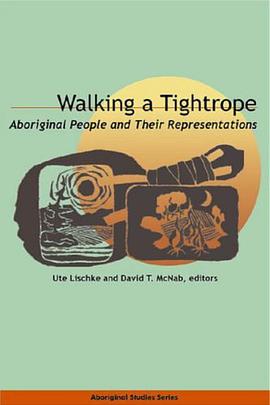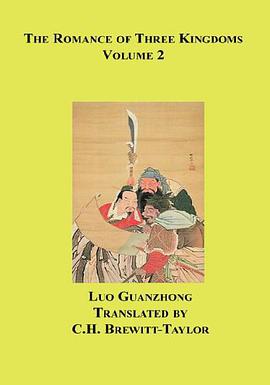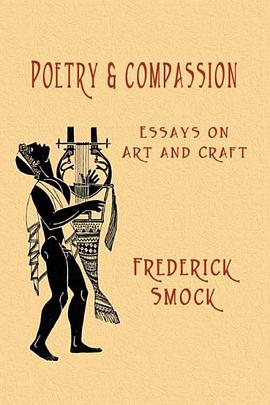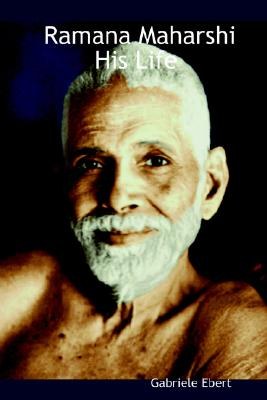

具体描述
"The most we can hope for is that we are paraphrased correctly." In this statement, Lenore Keeshig-Tobias underscores one of the main issues in the representation of Aboriginal peoples by non-Aboriginals. Non-Aboriginal people often fail to understand the sheer diversity, multiplicity, and shifting identities of Aboriginal people. As a result, Aboriginal people are often taken out of their own contexts. Walking a Tightrope plays an important role in the dynamic historical process of ongoing change in the representation of Aboriginal peoples. It locates and examines the multiplicity and distinctiveness of Aboriginal voices and their representations, both as they portray themselves and as others have characterized them. In addition to exploring perspectives and approaches to the representation of Aboriginal peoples, it also looks at Native notions of time (history), land, cultures, identities, and literacies. Until these are understood by non-Aboriginals, Aboriginal people will continue to be misrepresented -- both as individuals and as groups. By acknowledging the complex and unique legal and historical status of Aboriginal peoples, we can begin to understand the culture of Native peoples in North America. Until then, given the strength of stereotypes, Native people have come to expect no better representation than a paraphrase.
作者简介
目录信息
读后感
评分
评分
评分
评分
用户评价
相关图书
本站所有内容均为互联网搜索引擎提供的公开搜索信息,本站不存储任何数据与内容,任何内容与数据均与本站无关,如有需要请联系相关搜索引擎包括但不限于百度,google,bing,sogou 等
© 2026 book.wenda123.org All Rights Reserved. 图书目录大全 版权所有




















